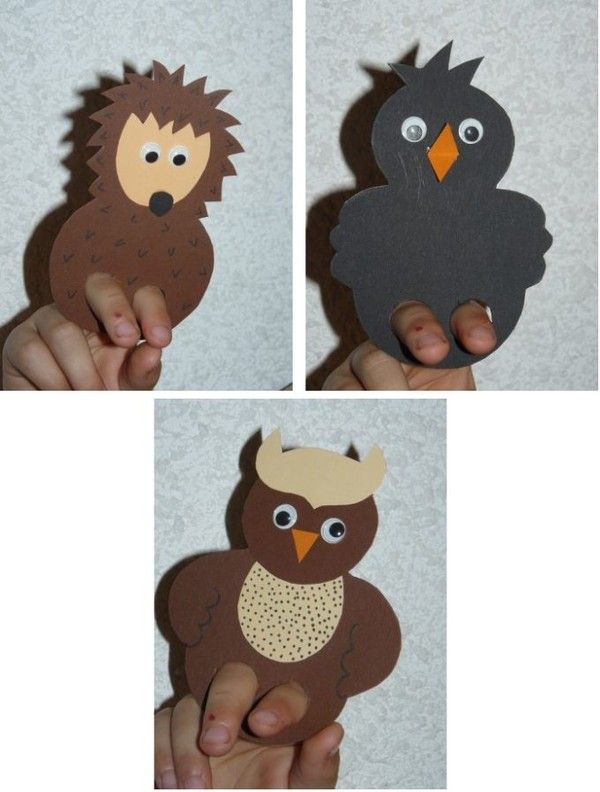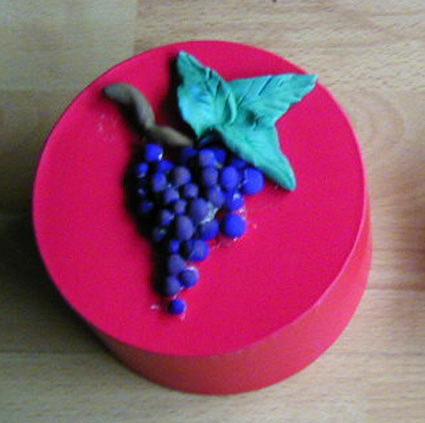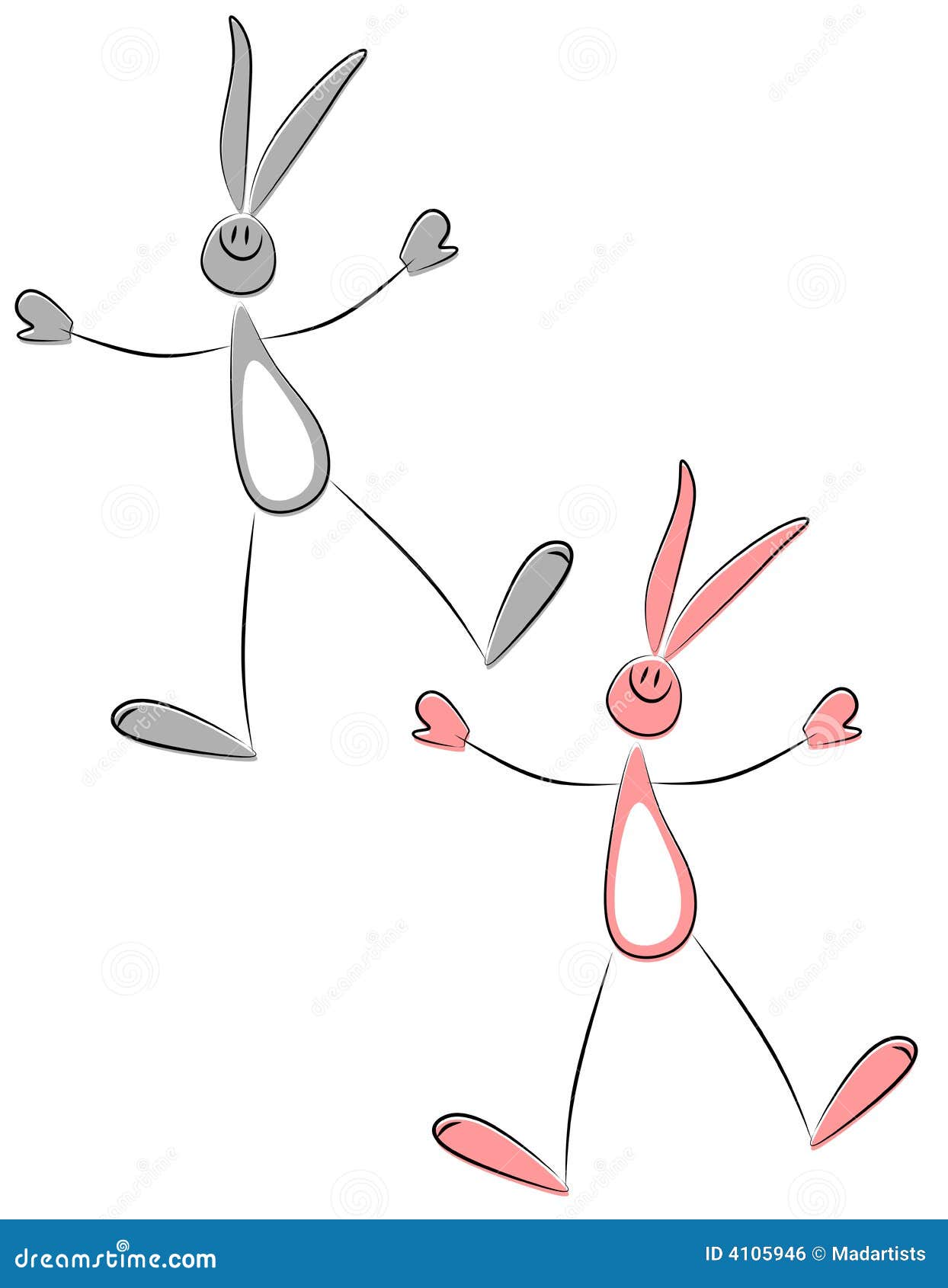Châteaux et chevaliers!
This sequence of activity based around French castles and creating our own class chevaliers was inspired by a tweet by Emilie
@EWoodruffe
who works with
Janet Lloyd Network
in a
primary school teaching French, where language learning is a part of the whole school creative curriculum model . Her challenge this half term is to link language learning to the year group focus : “Castles” .
I have created a sequence of language learning suitable for UKS2 French with listening , speaking , reading and writing performance and DT .
Activities below can take your class on a journey to France , to the Loire , along the Loire and the castles , inside a creepy castle and to meet knights and give these French chevalier personalities , equipment and physical descriptions . You can mix and match activities to suit your class focus and they all lead to the creation of your own class chevaliers!
Stage One : Les châteaux de la Loire
Pretty obvious place to start. Here is an evocative clip from You Tube introducing les châteaux de la Loire
We love using child friendly maps of France to bring the country nearer to the children, with symbols and
information they want to know. Often in UKS2 we will use these maps alongside Atlas work looking at the geographical features of the country .
For this focus we need to locate the Loire on a map Below are two of favourite child friendly maps of France
Languages Sticker company map of France
/
la jolie ronde map of France
We sometimes take a virtual visit via google maps and their v
isites virtuelles 360 France
Once you have watched the video clip with the children , located the Loire on one of the child friendly maps and taken a virtual tour of the Loire and the castles via google maps , then it’s time to ask the children to annotate with Art work a simple map of the Loire valley and the châteaux. You could use a map like this one and allow the children to decide how they want to annotate five castles along the Loire
map of the castles of the Loire
This stage can also include the joining in and practise of an authentic French comptine: “Ah mon beau château
"
Build a cardboard castle
And what about following French instructions to work in pairs and create castles of our own for a class display from teteamodeler !
fabriquer un chateau
Stage Two : Stepping inside the castle
Take the children on a story journey into a creepy castle, and listen to the wonderful Dark Dark Tale in French. You find a clip of the story on You Tube , search for "
u
ne histoire sombre , très sombre"
This French school’s website below has a wonderful PDF of step by step activities linked to literacy which may like to try:
une historie sombre PDF
You could come back to this castle and the creepy story once you have learned about the knights who might have lived there …..Children love changing what is in the box at the end of the story and this time it could be something linked to the knights’ equipment or characteristics etc that the children are about to learn about .
Stage Three : les chevaliers
Who are the chevaliers ?
Introduce the class to these wonderful
cartes de chevaliers
Play Quiz Quiz Swap and investigate names and personalities
Each child can be one of the Knights from a selection you decide of 6 cards from this pack .The children can practise introducing themselves as the different knights . I would select five or six so that we can practise the names as a class and look at their portraits and decide how they would bow or introduce themselves flamboyantly .
Now give each child one of the 6 cards you selected . You will need enough for each child The children can walk around the room with a card and play Quiz Quiz Swap (just ask a question – name – give a response – name of knight – swap cards and move on).
Play this a second time and build dialogues ( ask and answer questions about names , (pick a castle from Loire) where someone lives , how are they feeling and make sure to add a greeting and a farewell )
Hold "listen ins " where the class need to stop and listen to a dialogue between two of the children who deliver their dialogue performing as the knights would do and then the class restarts the conversations and the Quiz Quiz Swap game.
S
tage Four : Jousting
Knights and jousting go together ! So we could go back and revisit familiar language and families of words during this unit by introducing an ongoing “jousting match” between tables of children that takes place for five minutes during the period of time in the term that we are working on our theme of chevaliers . Each table is given one of the knight's names from the cartes de chevaliers as their table's knight .
Jousting is between tables or as an "in front of the class" competition. A class “jousting league table “ is required , to record points that the “chevaliers” win . If one table wins a joust it gains 3 points , if it’s a draw then both tables of chevaliers gain one point. Set up table jousting matches where the tables have to select a knight to go into battle with a knight from the other table. These are games where each player speaks alternately e.g. I speak , then you speak , then I speak etc.
Hesitation means the other knight wins!
The jousts could be based on the following …
…
·
Saying the months in chronological order.
·
Saying the months in alphabetical order
·
Say the months from December backwards
·
Counting in twos from 0-30
·
Counting backwards from 30
·
Saying the days of the week in alphabetical order
·
Stage Five : Knights and parts of the body calligrams
Revisit the parts of the body that the children already know and introduce new nouns you may need for the following parts :heart, brain, body
What type of body does a knight need to be the best?
Here are a few suggestions…
A brave heart
Powerful body
Fast legs
Strong arms
Clever brain
This is an opportunity to work with the children on the physical attributes of a knight and to look at the position and agreement of adjectives after nouns.
Working in pairs ask the children to investigate with bi-lingual dictionaries the key adjectives and to find the gender of the key parts of the body that are needed to describe their knights .
Build your own class chevalier
Draw round a child and then stick the outline to the wall . This will be your class knight and will work as a memory prompt , a working wall and a focus for other stages as we build our class chevalier
- Give out key body parts and ask children to place them in correct positions on the outline
- Give out the key adjectives as cards to other volunteers Where do they think the adjectives fit best?
- Now ask a final group of children to add any adjectival agreement they think is necessary to the adjectives and/ or to move the adjectives around if they think they fit better next to a different part of the body.
Last knight standing
Ask the class to help you decide upon an action for each physical description and then play our favourite type of bingo “Last knight standing” .
Ask the children to freeze frame in an action linked to the physical description. Call out a physical description and any children freeze framed in this action is out and must sit down Knights remaining must change their freeze frame action and play the game again. Who will be the last knight standing
?
Knight calligrams
Give out the outlines of the knights . Here’s a simple knight template
knight template for calligram
Ask the children to create a calligram of the physical description of the knight you have built .
Stage Six : Personality of knight
Set the scene with this wonderful song. Thanks to
@Janejaneheg
for this suggestion by the way! Chevalier de table ronde
Today we are creating personalities for the knights.
Children need bi-lingual dictionaries to look up the French meaning of key adjectives to describe their ultimate knight e.g. brave, kind, trustworthy etc that you have written on the flipchart.
Collate the list after the activity on your flipchart or whiteboard.
Play Chinese whispers with the attributes
Create a memory game with the attributes with children working in groups of six where they have to say what was said before and something for themselves and include the phrase
Now the children need to create in their best medieval handwriting on a scroll template an advertisement for a new knight.
They have the language to physically describe a knight , say what personality attributes he must have and they have the key phrase “Je cherche un chevalier qui est ……” .You will need to help the children to say also “Je cherche un chevalier qui a ….+ physical description
Stage Seven : The armoury of knight
Look at the possible equipment a knight might need :
l
'
equipement du chevalier
Select from this equipment key language to create a game of
lotto
First equip your class chevalier
Using the large outline you drew of a knight and physical description ask the children to help you using pictures , cognate recognition and bi-lingual dictionaries to decide where you should now add the equipment for the knight that you have selected .
Introduce each item to be placed on your knight by saying “le chevalier porte……”
The volunteer who comes to place the equipment on the knight must say the complete phrase too.
Now play lotto – who will be the winning knight?
Finally have a game
of table armour beetle drive
with six pieces of armour that the children need to win for their own knight’s template (use the templates from the knights’ calligrams) . The children must take it in turns to throw a dice, name the item they throw which is linked to that number – picture and number clearly displayed at the front of the classroom - and then draw the item in the correct place on their template. If they throw a number that they have already thrown they mustn’t draw anything and wait until their next turn . First person to complete the armour wins the game . They must tell their table what their knight is wearing
“Le chevalier porte ……………!”
Stage Eight : The identity of our class chevalier!
You are now ready to create an identity for your class knight .
Ask the children in pairs or on tables to create an identity for the unnamed class knight
He needs a name , a castle where he lives , a physical description , a description of his armour and a description of his personality .
You will have to decide whether the class is ready to write in the third person singular or if you want to ask the children to write in the first person singular as if they are the knight.
The children need to present their descriptions to the class and the class needs to vote on the best knights description , marking it on the following : pronunciation,
fluency ,
interesting description
( each area can be awarded a maximum of 5 points ) .
Which descriptions win?
From these descriptions which one will the class decide to keep when they hear them one more time?
And finally
Following the instructions here your class chevalier needs to have a selection of shields in his armoury! The shields are to be made by every child and then used as display around the chevalier , displaying their handwritten descriptions of the class chevalier that they created with a partner
un bouclier



































